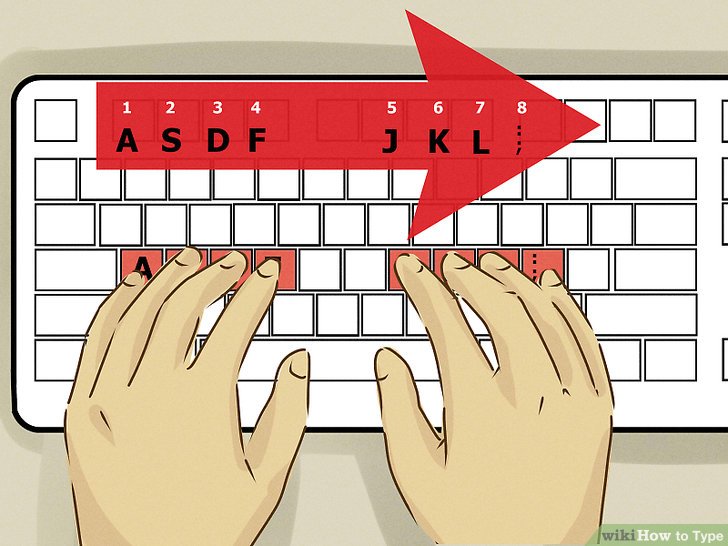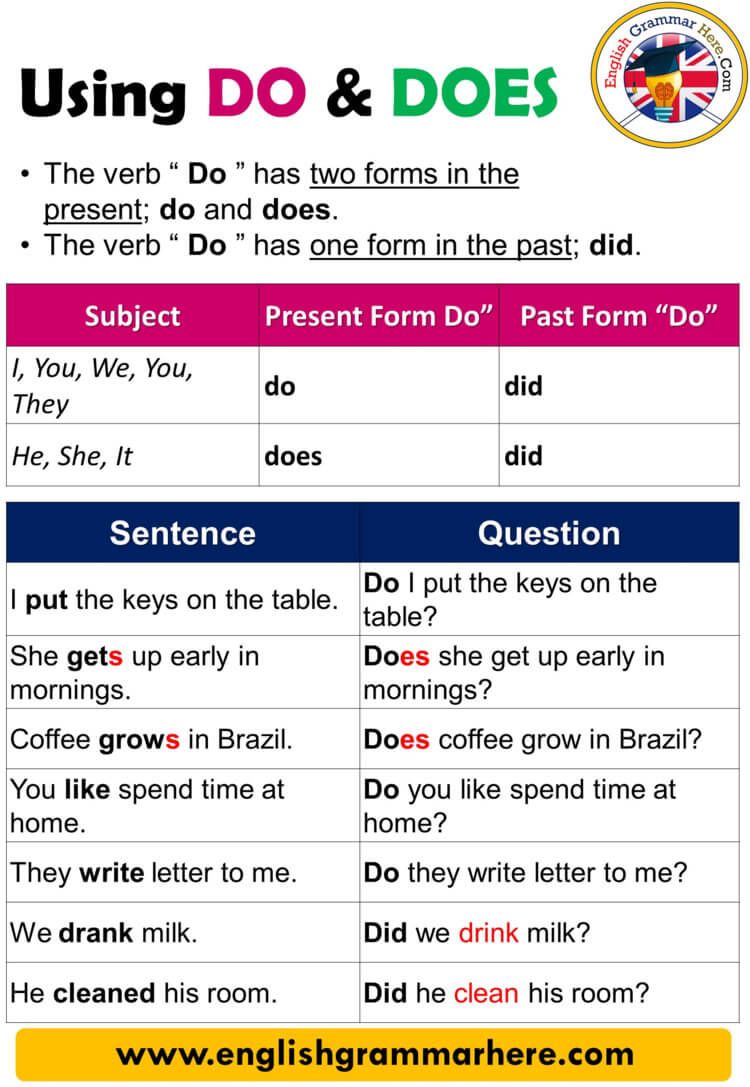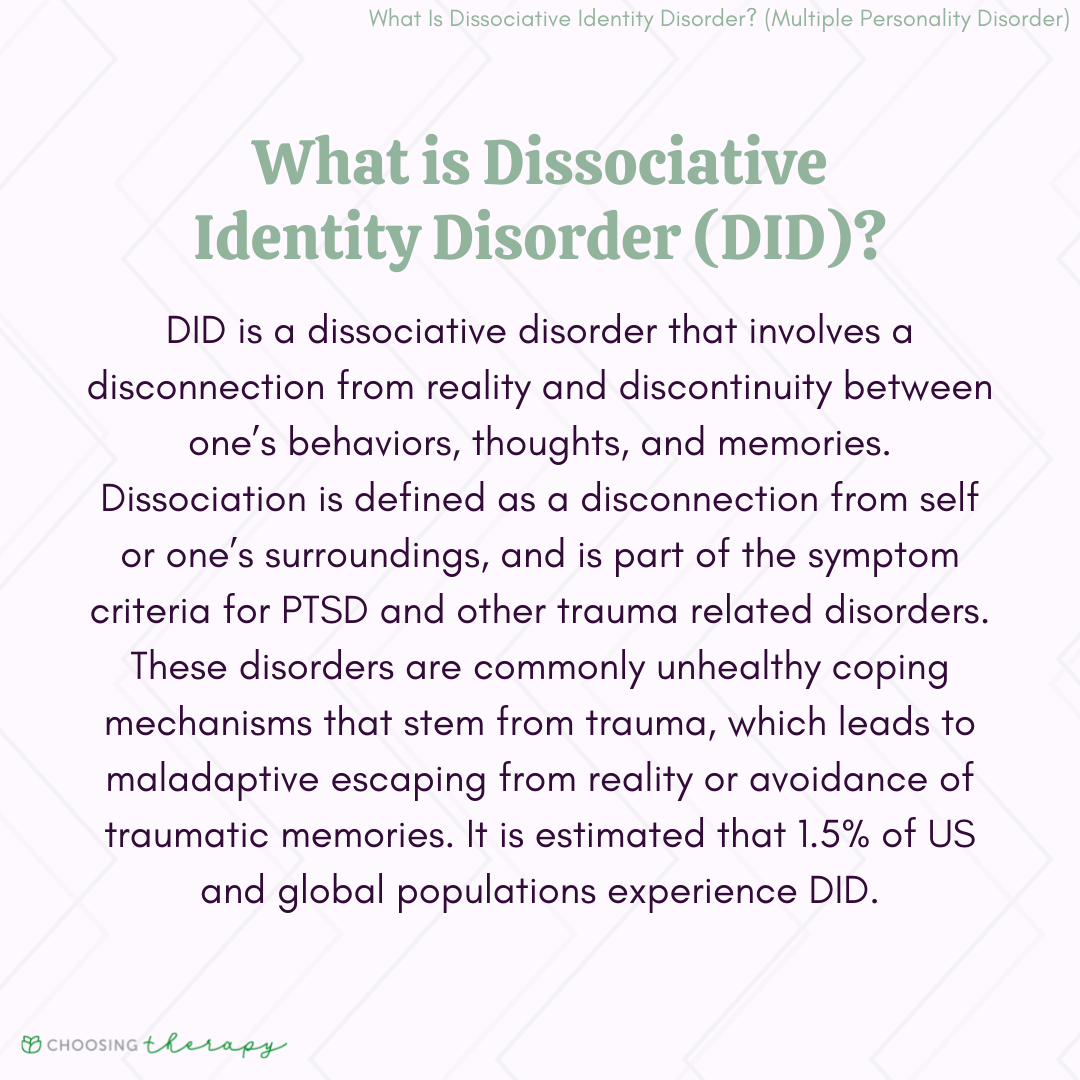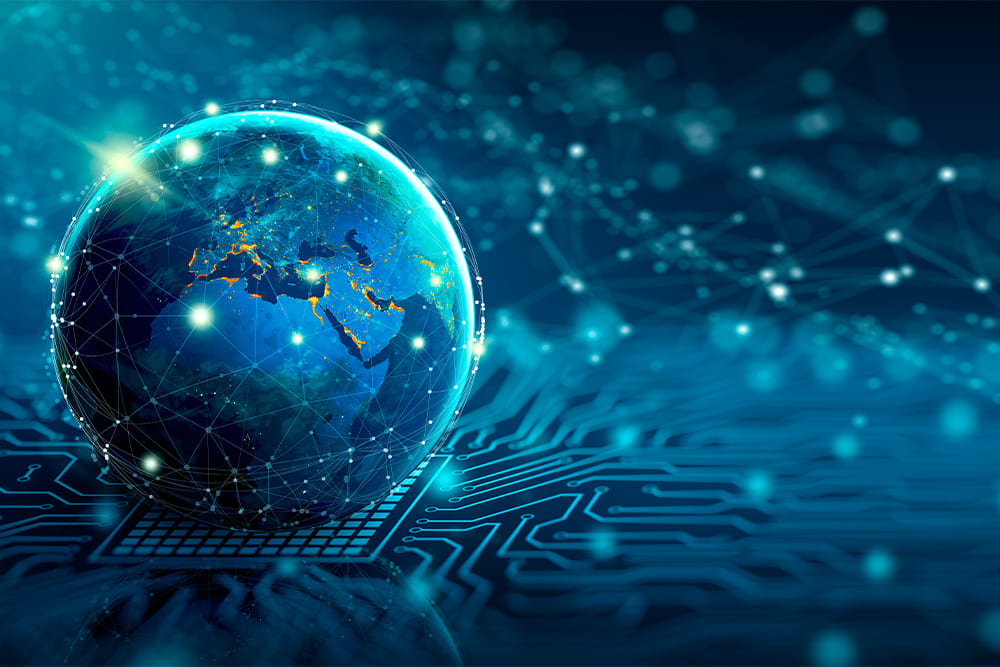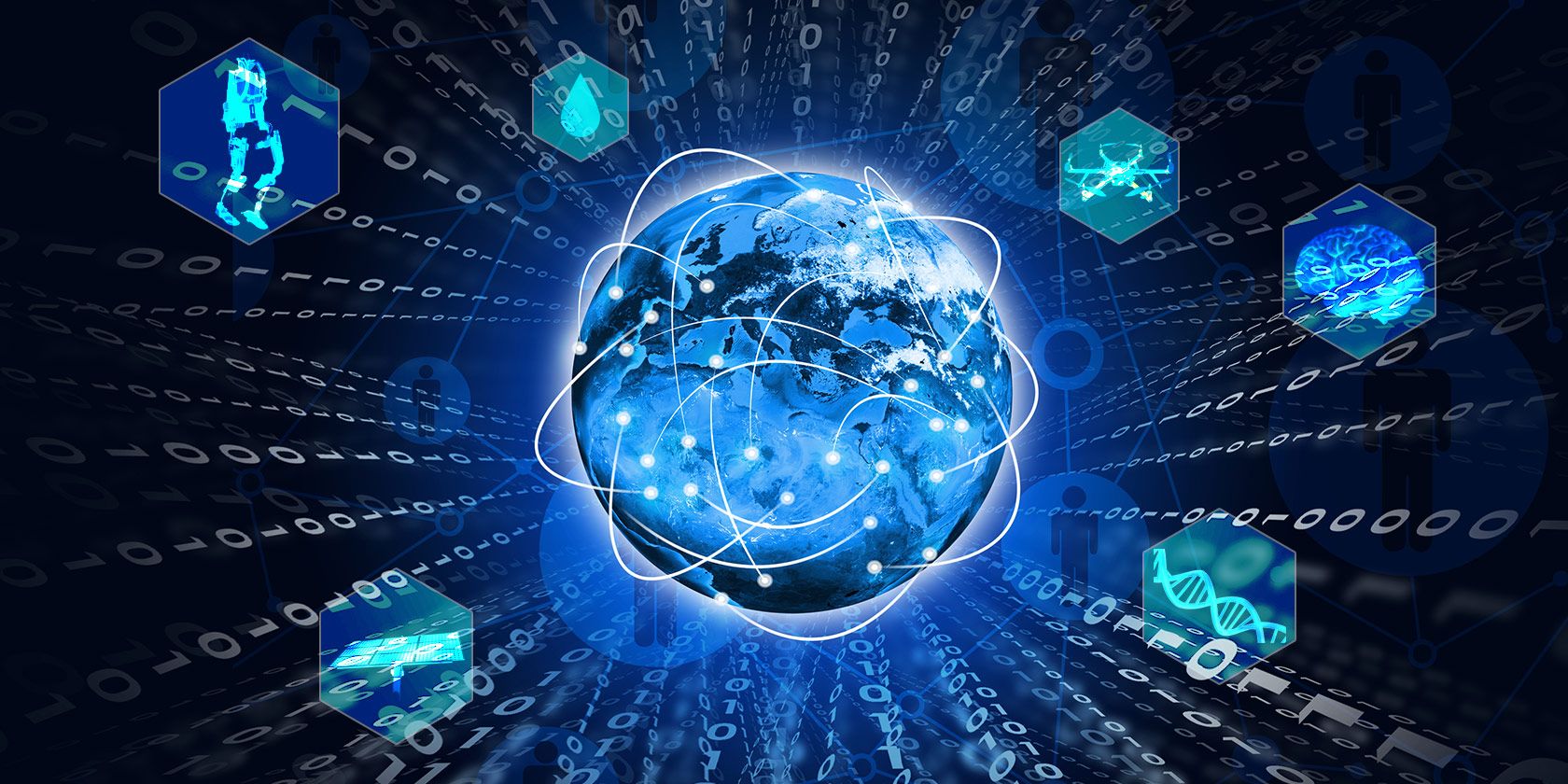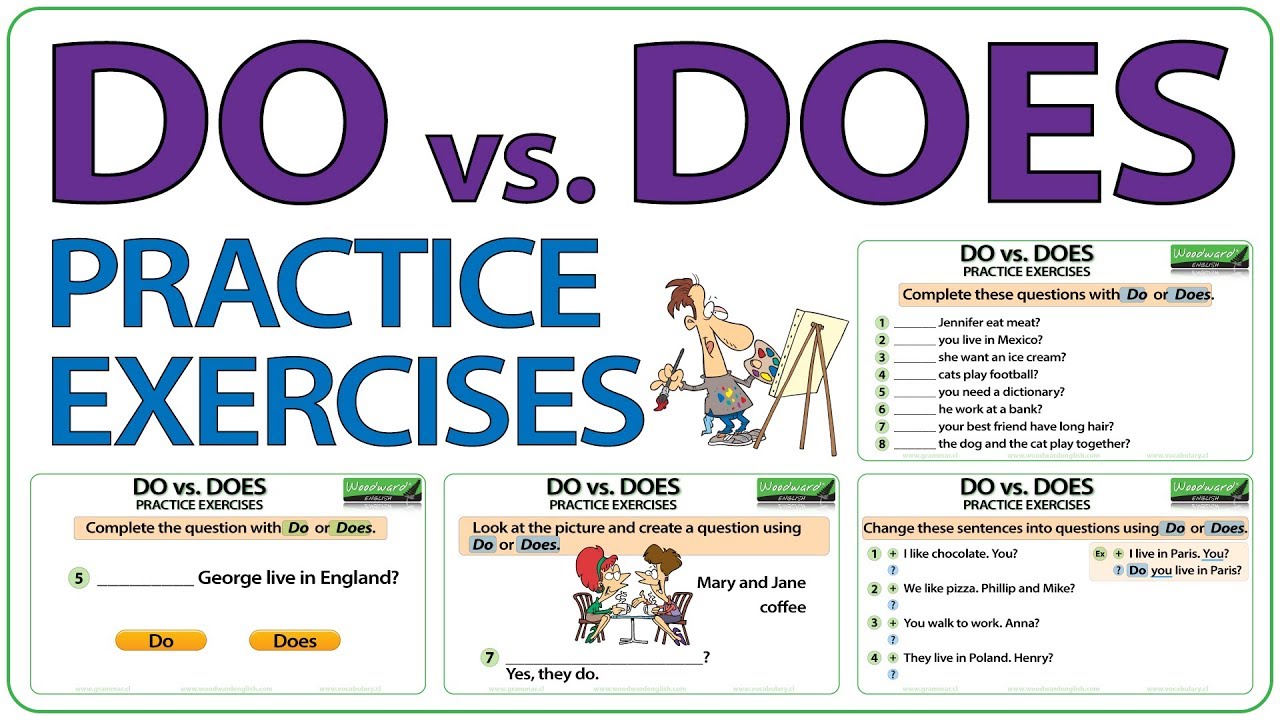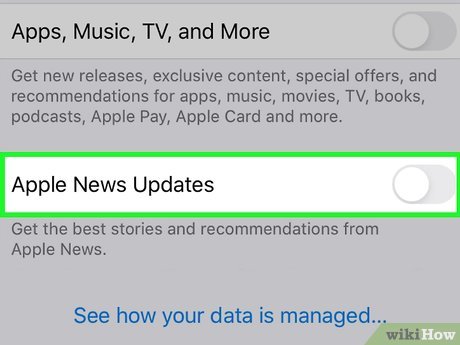Chess AI Technology: How Computers Master the Game
Chess AI technology: how computers master the game
The relationship between artificial intelligence and chess have a rich history span decades. Chess has foresight serve as the perfect testing ground for AI development due to its clear rules and complex strategic possibilities. Today’s chess computers can defeat level the world’s strongest grandmasters, but how precisely do they accomplish this impressive feat?
The evolution of chess AI
Chess play computers have evolved dramatically since their inception. Understand this evolution provide insight into how modern chessAIi operate.
Early chess programs
The first chess programs rely on brute force calculation and simple evaluation functions. These programs would analyze possible moves and counter moves to a certain depth, so evaluate the result positions base on material count and basic positional factors.
Early chess engines like mac hack( 1967) and chess 4.5 ((970s ))ould play decent chess but were easy outto outmatch human masters. They lack the sophisticated understanding of chess principles that humans develop through experience.
The breakthrough of deep blue
IBM’s deep blue make history in 1997 when it defeats world championGarry Kasparovv. Deep blue represent a significant advancement in chessAIi technology, combine:
- Massive computational power (evaluate 200 million positions per second )
- Specialized chess hardware
- An extensive opening book program by grandmasters
- Sophisticated evaluation functions
Despite its victory, deep blue didn’t really” learn ” rom games. Its strength come principally from raw calculation power and human program chess knowledge.
Core AI technologies in modern chess engines
Alpha beta pruning
One of the foundational technologies in chess AI is alpha beta pruning. This algorithm importantly improves the efficiency of the minimax algorithm, which isusede to determine the best move in a game.
Alpha beta pruning work by eliminate branches of the search tree that can not peradventure influence the final decision. This allows the computer to search often deep within the same amount of time.
For example, if the computer has found a good move and isanalyzede an opponent’s response, once idiscoverser one response that refute the move, it can stop analyze other responses to that mo( ( since it already know the move is b) ).
Evaluation functions
Chess engines use sophisticated evaluation functions to assess positions. While early programs principally count material (pawns = 1 point, knights / bishops = 3 points, etc. ) modern engines consider dozens or hundreds of factors:
- Piece mobility and activity
- King safety
- Pawn structure
- Control of key squares and diagonals
- Piece coordination
- Attack potential
These evaluation parameters were traditionally hand tune by programmers and chess experts. Yet, modern engines progressively use machine learn to optimize these parameters.
Open books and endgame table bases
Chess engines use pre-computed databases to enhance their play:
- Open books databases of open moves and variations, ofttimes compile from master games. This aallowsengines to play the early stages of the game speedily and accord to establish theory.
- Endgame table base perfect play databases for positions with few pieces ((ypically 7 or fewer ))When the engine reareachesposition contain in these ttable bases it knows the exact outcome with perfect play.
Machine learning in chess AI
The virtually significant recent advancement in chess AI come from the application of machine learning, especially reinforcement learning and neural networks.
Self play reinforcement learning
Modern chess engines use reinforcement learning through self play to improve their skills. This approach involve:
- The AI play games against itself
- It learns from the outcomes of these games
- It adjusts its evaluation parameters and move selection base on what work advantageously
- The process repeat, with the AI endlessly improve
This method allow chess engines to discover novel strategies and ideas that might not be obvious to human programmers or players.
Neural networks in chess
The integration of neural networks has revolutionized chessAIi. Neural networks can:
- Recognize patterns in chess positions that would be difficult to express in traditional evaluation functions
- Learn complex positional concepts through exposure to millions of positions
- Make more human like evaluations of positions
- Reduce the need for extensive calculation in some cases
AlphaZero: a revolutionary approach
DeepMind’s AlphaZero represent peradventure the virtually significant breakthrough in chess AI technology. Unlike traditional engines, AlphaZero:
- Learn chess solely through self play, with no human knowledge except the basic rules
- Use deep neural networks to evaluate positions and guide its search
- Employ Monte Carlo tree search quite than traditional alpha beta pruning
- Searches far fewer positions than traditional engines but make up for it with more accurate position evaluation
In hardly 24 hours of self play training, AlphaZero reach a level that could defeat stock fish, one of the strongest traditional chess engines. What make this achievement remarkable is thatAlphaZeroo develop its own understanding of chess strategy without human input.
Monte Carlo tree search
Monte Carlo tree search (mMCTS)represent another significant advancement in chess aiAIechnology. This approach:

Source: chess.com
- Build a search tree gradually, focus on the near promising variations
- Use random simulations (playouts))o evaluate positions
- Balances exploration of new moves with exploitation of known strong moves
- Works especially easily when combine with neural networks for position evaluation
MCTS has proved specially effective in engines likeAlphaZeroo andLeilaa chess zero, allow them to play in a more selective, human like manner while maintain superhuman strength.
How chess engines learn and improve
Automated parameter tuning
Modern chess engines can mechanically optimize their evaluation parameters done:
- Play test games with different parameter values
- Measure which parameter sets produce the best results
- Use optimization algorithms to find optimal parameter combinations
This process, sometimes call” tuning, ” llow engines to refine their understanding of chess principles without direct human intervention.
Learn from human games
Some chess AIs improve by analyze databases of human master games. By study these games, they can:
- Learn common patterns and strategies
- Identify successful approaches in specific types of positions
- Understand human playing tendencies (useful for engines design to play against humans )
Continuous self-improvement
The virtually advanced chess AIs engage in continuous self-improvement through:
- Distribute computing networks where many computers contribute to training
- Play millions of games against somewhat different versions of themselves
- Gradually refine neural network weights base on game outcomes
- Test new ideas and retain those that improve performance
Projects like Leila chess zero use this approach, with thousands of volunteers contribute computing power to help train the neural network.
Specialized hardware for chess AI
The performance of chess AI is importantly enhance by specialized hardware:
GPUs and thus
Graphics processing units (gGPUs)and tensor processing units ( (uthus)amatically accelerate neural network operations, allow chess ais AIs
- Evaluate positions more rapidly
- Train neural networks lots fasting
- Process multiple positions in parallel
AlphaZero, for instance, was train use thus specifically design for machine learning tasks.
Custom chess hardware
Some chess computers have use custom-made design hardware specifically optimize for chess calculations:
- Application specific integrated circuits (aASICs)design for move generation and evaluation
- Field programmable gate arrays (fFPGA))hat can be be configuredr chess specific operations
- Specialized multiprocessor systems optimize for the types of calculations chess require
The future of chess AI technology
Chess AI continue to evolve, with several promising directions:
Explainable AI
Current research aim to make chess AI more explainable, help humans understand the reasoning behind moves. This involves:
- Develop methods to translate neural network evaluations into human understandable concepts
- Create systems that can explain their strategic thinking
- Building tools that help humans learn from AI discoveries
Style base AI
Future chess AIs may be able to adopt different playing styles:

Source: bodyler.com
- Mimic historical chess champions
- Adjust aggression levels base on user preferences
- Play in ways that maximize learn opportunities for human opponents
Hybrid approaches
The virtually promising direction appear to be hybrid systems that combine:
- Traditional search algorithms for tactical calculation
- Neural networks for positional understanding
- Human chess knowledge encode in various forms
- Novel learning approach from other AI domains
Conclusion
The technology behind chess AI represent some of the virtually impressive achievements in artificial intelligence. From the brute force approaches of early systems to the sophisticated neural networks of today, chess computers showcase how machines can master complex domains through a combination of calculation, pattern recognition, and learn.
Modern chess engines use a diverse array of technologies to achieve superhuman play: alpha beta pruning, neural networks, reinforcement learning, Monte Carlo tree search, endgame table bases, and specialized hardware. The continuous improvement of these systems has not solelyrevolutionizede chess but has besides provide valuable insights foAIai research in general.
As chess AI will continue to will evolve, it’ll potential will develop yet more sophisticated understanding of the game, potentially will discover new chess concepts and strategies that humans have even to will explore. The journey of chess AI from simple programs to superhuman systems illustrate the remarkable progress of artificial intelligence and offer a glimpse into its future potential.
MORE FROM oncecoupon.com
